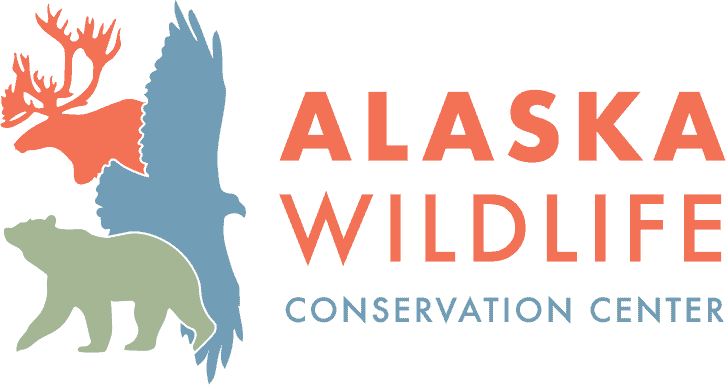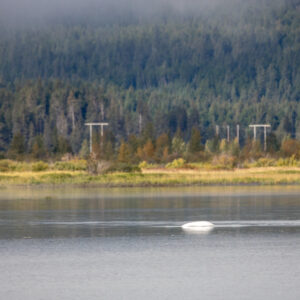The Cook Inlet beluga whale, an endangered population inhabiting the Cook Inlet in Alaska, has been the focus of conservation efforts for years. These creatures have faced challenges, including habitat degradation and noise pollution. However, recent developments bring a glimmer of hope for the survival of this species.
The National Oceanic and Atmospheric Administration (NOAA) recently announced a groundbreaking abundance estimate for the Cook Inlet beluga whale population. According to the new data, the population has increased to an estimated population size between 290 and 386, with a median best estimate of 331. This finding suggests that the efforts invested in conserving the species are yielding positive results.
“While this is certainly encouraging news, it is important to recognize that abundance estimates can vary from year to year due to a number of factors,” said Kim Goetz, marine mammal biologist, Alaska Fisheries Science Center.
- Beluga Tail by Doug Lindstrand
- Beluga from The Point – AWCC
The increase in the population of Cook Inlet beluga whales is seen as a promising development in the conservation efforts for this endangered species. It highlights the importance of ongoing conservation measures and the potential effectiveness of protective measures implemented by NOAA and other organizations.
The updated estimate serves as valuable information for scientists, policymakers, and conservationists working to protect and restore the Cook Inlet beluga whale population. It allows them to make informed decisions and develop strategies to ensure the long-term survival and recovery of these magnificent marine mammals.



